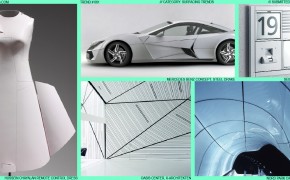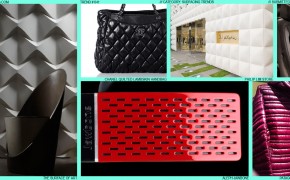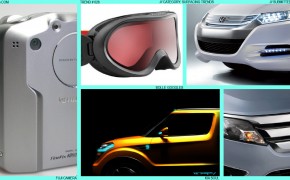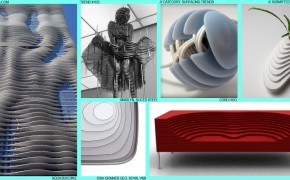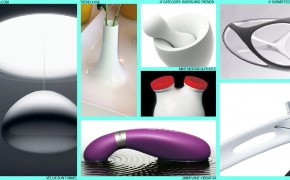PANELED SURFACES
Traditionally in design, an object’s form takes priority. Once a form is finalized, then it is subsequently broken up into pieces for production, via parting lines, panels, segments, or assemblies. With the Paneled Surfaces trend, the construction methodology becomes the aesthetic: arrays of discreet panels interlock to define a surface,...
Read more
